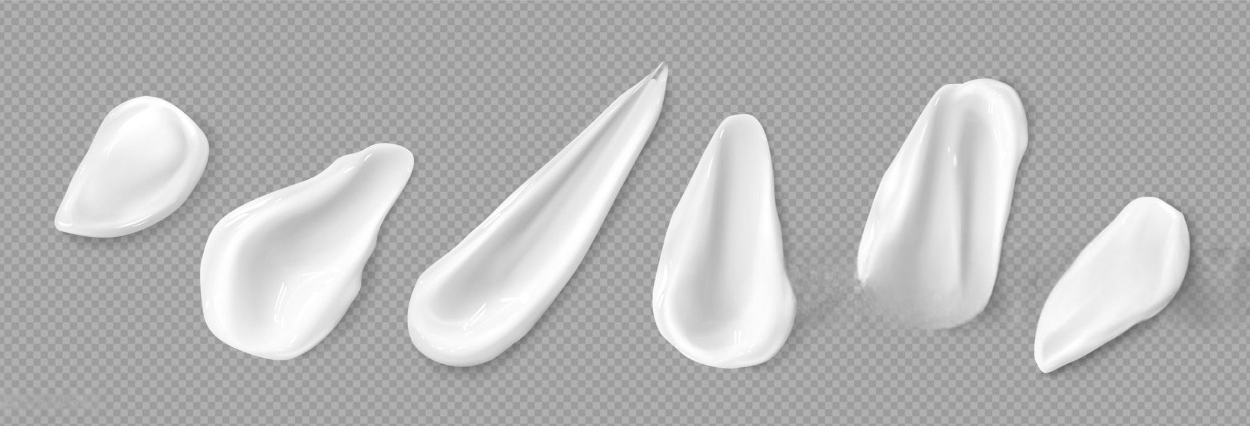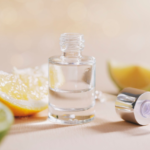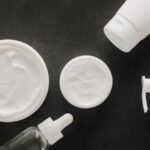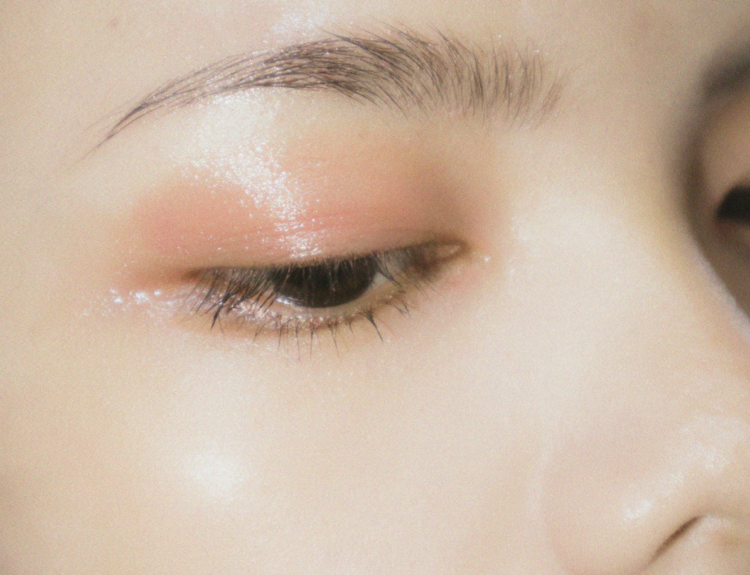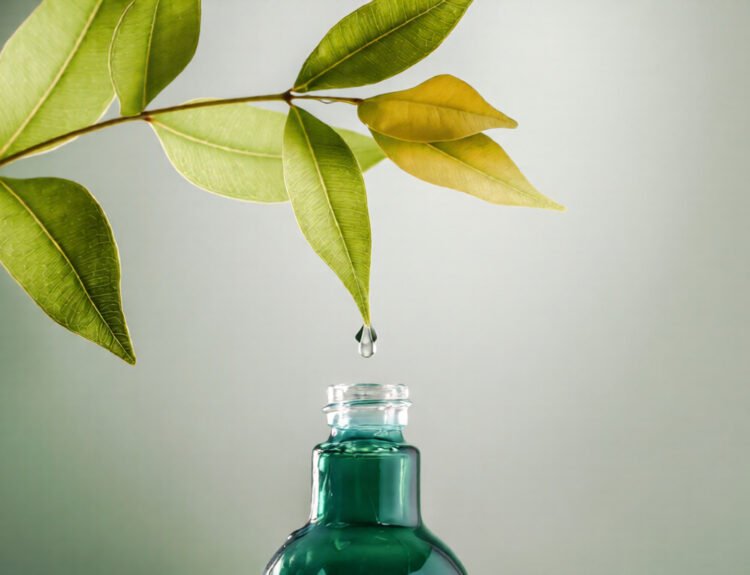Moisturizers play a crucial role in any skincare routine, but choosing the right one for your specific skin type is essential to get the best results. Whether you have oily, dry, combination, sensitive, or normal skin, using the wrong type of moisturizer can lead to breakouts, irritation, or dullness.
In this guide, we’ll break down the different moisturizer types, how they work, and which ones are best suited to your unique skin type—so you can make an informed, skin-loving choice.
Why Moisturizing Is Essential for Every Skin Type
No matter your skin type, moisturizing is non-negotiable. Here’s why:
- Hydration: Keeps skin cells functioning properly.
- Protection: Forms a barrier against environmental stressors.
- Anti-Aging: Prevents dryness that can lead to fine lines.
- Skin Repair: Helps maintain the skin’s natural barrier.
But not all moisturizers are created equal. Understanding how ingredients interact with your skin type is key.
1. Moisturizer Basics: Types and Ingredients
Let’s start by understanding the three main categories of moisturizers:
a. Humectants
- What they do: Draw water from the environment or deeper skin layers.
- Best for: Oily, acne-prone, and normal skin.
- Common Ingredients: Glycerin, hyaluronic acid, urea, aloe vera.
b. Emollients
- What they do: Soften and smooth skin by filling in cracks.
- Best for: Dry, flaky, and mature skin.
- Common Ingredients: Squalane, ceramides, fatty acids, shea butter.
c. Occlusives
- What they do: Form a barrier to prevent water loss.
- Best for: Very dry, damaged, or dehydrated skin.
- Common Ingredients: Petrolatum, lanolin, beeswax, mineral oil.
2. Moisturizers for Oily Skin
Oily skin produces excess sebum, which can clog pores and cause breakouts. Many with oily skin skip moisturizers—but that’s a mistake.
Best Moisturizer Types:
- Gel-based or lightweight, oil-free moisturizers
- Non-comedogenic formulas
Ingredients to Look For:
- Hyaluronic acid
- Niacinamide
- Salicylic acid
- Glycerin
❌ Avoid:
- Heavy creams
- Coconut oil
- Petrolatum (unless skin is extremely dehydrated)
💡 Pro Tip:
Using a lightweight moisturizer helps regulate oil production. Depriving skin of moisture can actually trigger more oil production.
3. Moisturizers for Dry Skin
Dry skin often feels tight, rough, or flaky. This skin type needs a richer moisturizer that locks in hydration and restores the skin barrier.
Best Moisturizer Types:
- Cream-based or ointment textures
- Emollient + occlusive combination
Ingredients to Look For:
- Ceramides
- Squalane
- Shea butter
- Fatty acids
- Urea
❌ Avoid:
- Alcohol-heavy formulations
- Fragrances (can irritate already dry skin)
💡 Pro Tip:
Apply your moisturizer on damp skin to seal in extra hydration.
4. Moisturizers for Combination Skin
Combination skin has both oily and dry areas—often an oily T-zone with dry cheeks. Balancing these areas is the goal.
Best Moisturizer Types:
- Lightweight lotions or gels for daytime
- Balancing cream at night
🔍 Ingredients to Look For:
- Hyaluronic acid
- Niacinamide
- Green tea extract
- Lightweight oils like jojoba
❌ Avoid:
- Thick occlusives across the entire face
- Overly drying gels
💡 Pro Tip:
You can multi-moisturize—use different products on different areas of your face.
5. Moisturizers for Sensitive Skin
Sensitive skin is prone to redness, stinging, or irritation. Moisturizers should focus on calming and barrier-repairing ingredients.
Best Moisturizer Types:
- Hypoallergenic, fragrance-free creams
- Formulated for sensitive skin
Ingredients to Look For:
- Colloidal oatmeal
- Ceramides
- Centella asiatica
- Panthenol
- Aloe vera
❌ Avoid:
- Fragrances and essential oils
- Harsh preservatives (like parabens)
💡 Pro Tip:
Patch-test a new moisturizer before applying it to your whole face.
6. Moisturizers for Normal Skin
Normal skin is balanced—not too oily or dry. The focus here is maintenance.
Best Moisturizer Types:
- Lightweight lotion or cream depending on the season
🔍 Ingredients to Look For:
- Vitamin E
- Hyaluronic acid
- Lightweight botanical oils
❌ Avoid:
- Overloading on active ingredients (can disrupt balance)
💡 Pro Tip:
Use antioxidant-rich moisturizers to prevent early signs of aging.
7. Choosing a Moisturizer Based on Climate and Season
Even if you’ve found the right moisturizer for your skin type, environmental conditions matter too:
| Season/Climate | Best Moisturizer Type |
| Hot & Humid | Gel-based, non-comedogenic, lightweight |
| Cold & Dry | Rich creams or balms, occlusives |
| Transitional seasons | Balance of humectants and emollients |
Switching moisturizers with the seasons is a smart move for year-round skin health.
8. Natural vs. Synthetic: What Matters?
There’s a rising trend toward natural moisturizers, but natural doesn’t always mean better.
Safe Natural Ingredients:
- Aloe vera
- Jojoba oil
- Rosehip oil
- Sea buckthorn oil
⚠️ Be Cautious Of:
- Essential oils (can be irritating)
- DIY mixes (pH imbalance, contamination)
Always choose products that are dermatologically tested and suited to your skin type—even if they’re natural.
9. How to Apply Moisturizer Correctly
Application matters just as much as the product itself:
- Step 1: Cleanse and tone your face
- Step 2: Apply serum if using
- Step 3: While skin is damp, apply your moisturizer
- Step 4: Use upward, gentle strokes
Consistency is key—use your moisturizer twice daily for best results.
10. Dermatologist-Approved Tips
- Use moisturizers with SPF in the morning.
- Don’t skip moisturizer even if you have acne.
- For extremely dry or flaky skin, layer a hydrating serum under your cream.
- Give a new moisturizer at least 2 weeks before judging its effect.
Final Thoughts
Choosing the right moisturizers for your skin type is essential to maintaining a healthy, glowing complexion. From oily to dry, combination to sensitive, each skin type has unique needs—but with the right formulation and ingredients, you can build a skincare routine that works.
Remember: your skin can change with age, weather, and health. Reevaluate your products regularly and adjust as needed. Investing time into understanding your skin will pay off in radiance and confidence.
Explore more expert skincare tips at RealSkinRules.com—your go-to guide for healthy, real skin care.



